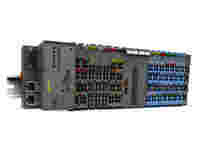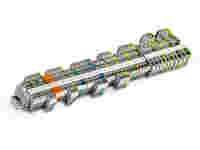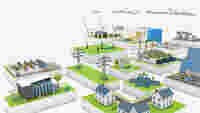Flammable materials mixed with oxygen are only flammable in a particular ratio and combust as soon as a source of ignition is present. Here, the flash point of a material and its explosion limit play the decisive role.
Flash Point
“Flash point” describes the lowest temperature of flammable liquids at which a flammable vapor-air mixture forms. The flash point in this hybrid mixture may be lower than that of the individual components. With these vapor-air mixtures, the concentration ratio decides whether an atmosphere capable of explosion can form or not. This describes the explosion limits of individual materials: Each flammable material has a particular range as mixture with oxygen in which there can be an explosion. With concentrations that are too high (rich mixture) and with concentrations that are too low (lean mixture), an explosion does not take place but a stationary reaction or no combustive reaction at all. The mixture only reacts in an explosive manner when ignited in the range between the upper and lower explosion limit.
Explosion Limits
Explosion limits, however, are dependent on pressure, temperature and oxygen concentration. Further, there are also chemically unstable substances such as cesium, rubidium or even white phosphorus, which ignite just from contact with oxygen or air; these substances are referred to as “pyrophoric.” Especial caution is called for when handling these substances. This also applies to dust accumulations. In this case, the danger of self-combustion increases with the thickness of the accumulation. The insulating effect of the dust can cause heat to build up, leading to self-combustion. Information about the precise flash points and explosion limits of a material is described in the appropriate safety data sheet. If the formation of an atmosphere subject to explosion is possible, this is pointed out in the document.




